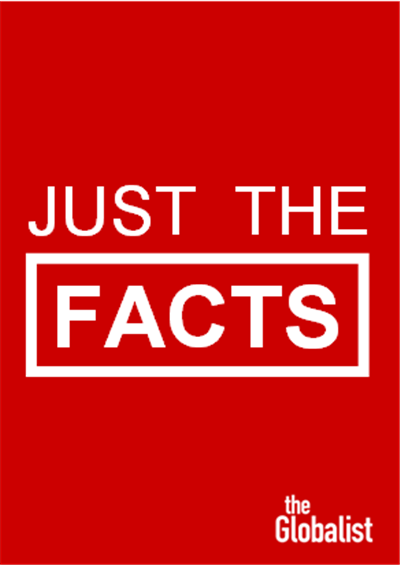Child Poverty in the United States
The U.S. relative child poverty rate is the worst of the G7 economies.
December 26, 2017

1. The U.S. relative child poverty rate is the worst of the G7 economies, at 20.2%, according to the OECD.
2. This rate is calculated as the share of a country’s population under the age of 18 that lives on incomes that are less than half of the nation’s “median post-transfer income” (i.e. including welfare assistance income).
3. Notably, Russia’s relative child poverty rate is at about the same level, at 20.7% (as of pre-sanctions data in 2011, the most recently available).
Child Poverty in the United States
4. Child poverty in the United States is twice the level of Germany’s – and 50% higher than the OECD average.
5. One in 11 U.S. children lives in extreme poverty, including one in five children below elementary school age.
6. Child poverty in the United States is particularly pronounced among non-white ethnic minorities.
7. The Trump Administration’s proposal to significantly cut food assistance and infants’ and children’s health insurance seems likely to worsen things.
8. One key factor in child poverty, especially in Western countries, is the increasing share of single-parent households.
9. The lack of a second income and the absence of affordable childcare is often accompanied by the lack of child support payments from the absent parent.
10. The combination of factors leaves many women and their children in a precarious situation.
Sources: OECD and The Globalist Research Center